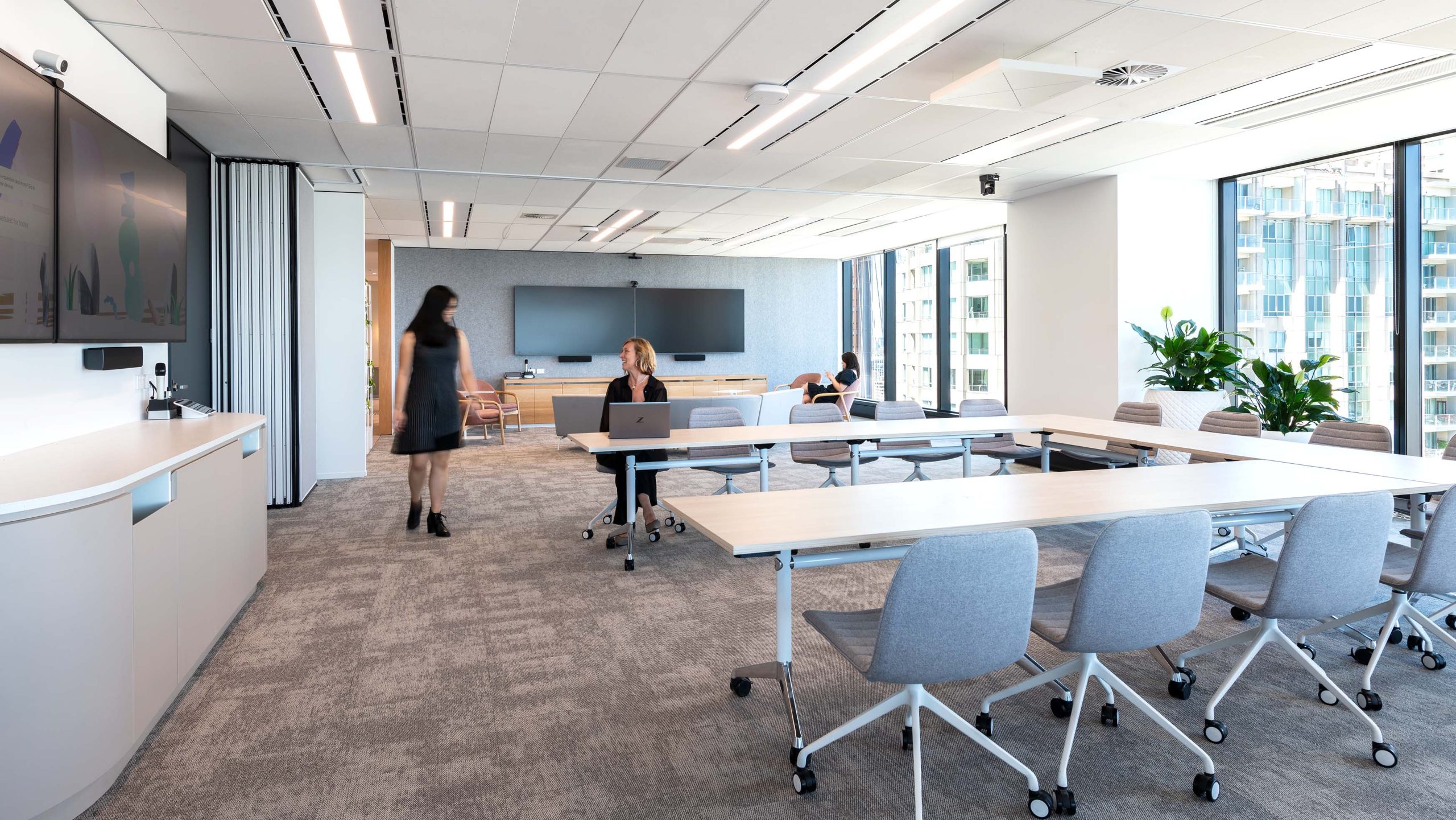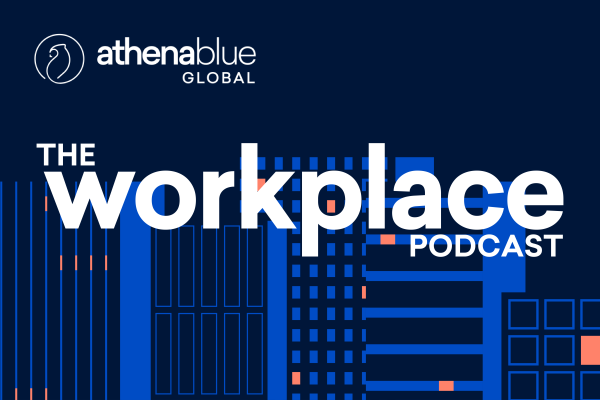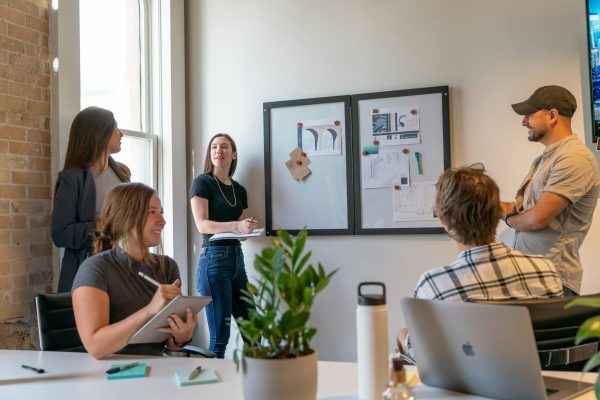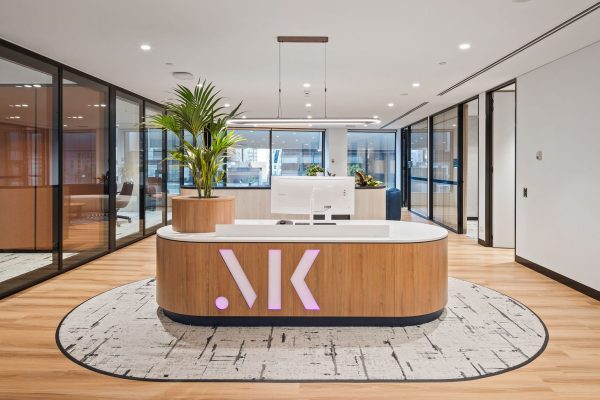Workplace change projects involve a lot of coordination. To create a great work environment, project teams need to engage with employees, leaders and external professionals, assess large amounts of data, and address many different needs while serving the goals of the organisation.
At every phase – from the decision about a potential office move, through the design or redesign of the office space, to implementation – there is a lot to consider. And when teams dive deep into a specific issue, it’s easy to lose sight of the big picture.
It’s essential to step back from time to time and look at issues in their broader context. Many common challenges presented by workplace change projects can be avoided or addressed by keeping agreed objectives in focus and simply engaging common sense. Here are a few examples.
01 – A collaborative workplace is best achieved through a collaborative design and change process.
The way an organisation approaches a change project inevitably shapes the outcome. For example, Research and experience show that collaborative project teams tend to be more successful at creating collaborative workplaces, compared to teams where decisions are only influenced by a selected few.
If a project team tasked to enable collaboration struggles to embrace this practice, it’s probably a sign that there is room for learning. When project team members thoroughly understand how different environmental factors and behaviours support or hinder collaboration – and grow to appreciate its benefits through their own experience – they naturally become more attuned to creating the right conditions for others.
This principle also applies to other qualities an organisation aims to promote. For example, to create a workplace that supports innovation and ongoing learning, the best approach is to assemble a project team that is ready to bring innovation and learning into the change process
02 – An inclusive workplace makes everyone feel included.
People with various health conditions can find it difficult or impossible to remain well and productive in a traditional office environment. Many individuals are highly sensitive to certain environmental conditions and stimulations such as noise, odours, crowded rooms, complex designs, too much or too little light.
While employees with such conditions might be in the minority in a typical organisation, accommodating their needs can have a broader impact. Workplaces designed to support individual needs also tend to make the workplace more comfortable for neurotypical and able-bodied employees.
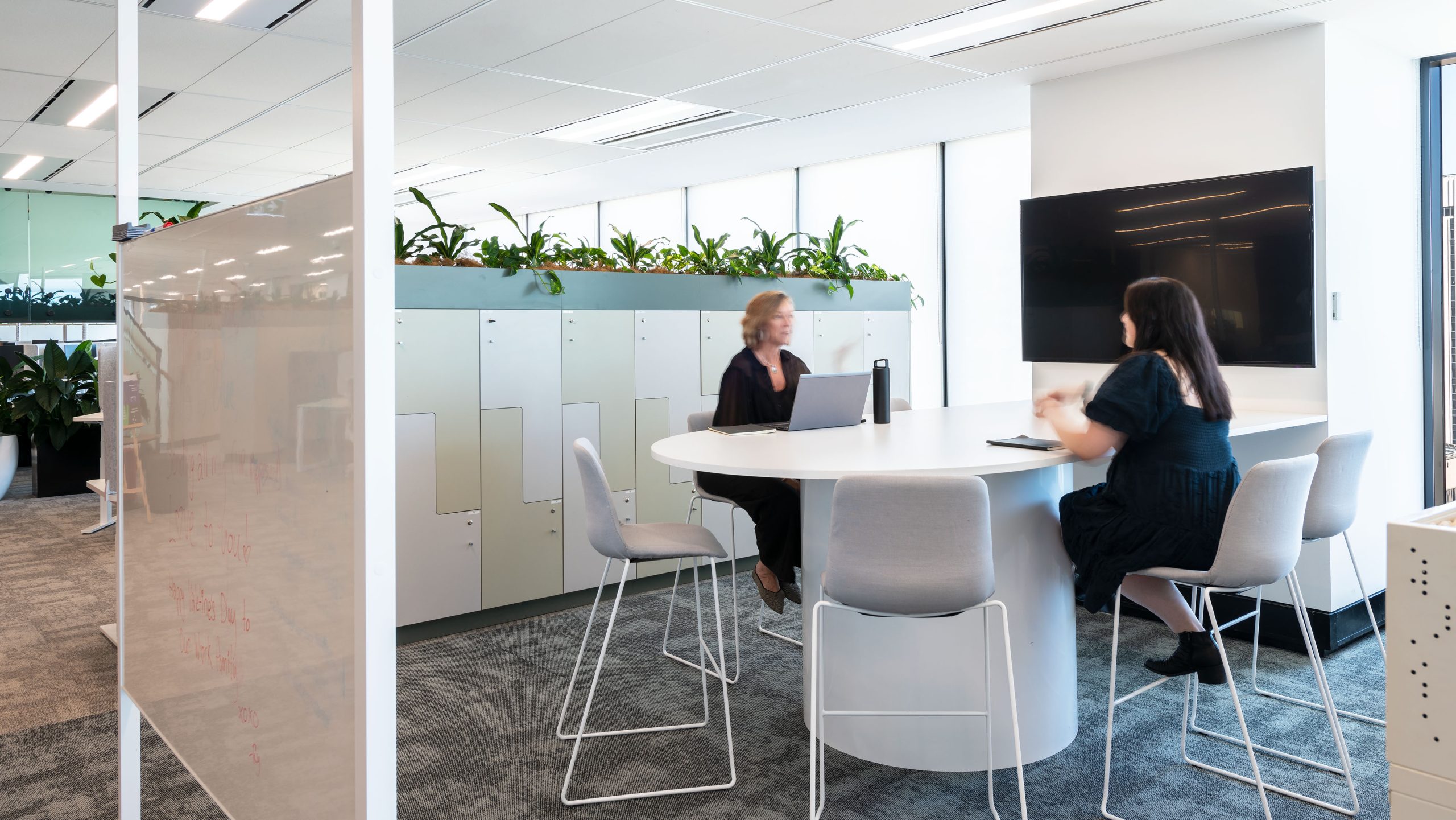
This makes sense, considering that each person has certain thresholds for tolerating discomfort and distractions – only, for some individuals, these thresholds are lower than average. At the same time, most employees find that their workplace has room for improvement when it comes to physical and psychological wellbeing.
Even though most employees can cope with minor disturbances, this takes ongoing effort, impacting their performance, experience and engagement. So, when the workplace is geared to support the most sensitive members, not only all employees benefit, but everyone invested in the organisation’s success.
03 – A human workplace supports human qualities.
Organisations often celebrate superstars – employees who demonstrate exceptional skills and work ethic, and who seem to defy in one way or another what’s humanly possible. ‘Working like a machine’ is often intended as a compliment.
However, real superstars are extremely rare. To put a lot of attention and energy into one area, a person needs to draw resources from somewhere else. Unfortunately, many employees find themselves burning the candle at both ends. When human needs like comfort, rest or psychological safety are not sufficiently supported, high performance cannot be sustained.
Interestingly, when people feel they need to work like machines – skipping breaks or powering through stress – they also tend to lose certain human qualities such as imagination or empathy. And in a world where tasks that are easy to automate are increasingly outsourced to machines, losing human qualities can be costly.
Put simply, people who bring human qualities to an organisation have human needs and limitations. Thankfully, a well-designed workplace has the power to promote healthy work habits. Leaders and decision makers need to keep this in mind, if their vision is to create a workplace where people and technology complement each other, and human potential is maximised.
04 – A purpose-driven organisation nurtures purpose-driven employees.
The way people are led and inspired defines how they choose to follow. In organisations that lead with purpose, employees tend to be more motivated by purpose. When leaders genuinely trust employees’ capabilities and intentions, employees tend to trust their leaders more. In contrast, when employees are faced with rules and hurdles they find meaningless, they may push back, or comply only because they have to. And this naturally impacts their commitment and performance.
When embarking on a workplace change project, organisations often create a vision where the physical environment inspires a purpose-driven, trusting and passionate workforce. The workplace indeed has great power to shape work experience and promote a thriving culture – but it is only part of the picture. If leadership and management practices are not aligned with the workplace vision, the change efforts will likely fall short.
When setting a vision for the workplace, leaders and teams are advised to consider not only the work environment, but also the evolution of leadership and management practices. Understanding the nature of motivation is also helpful. If the goal is to develop a purpose-driven culture, the ways employees are coordinated and evaluated should support the same intention.
In conclusion, workplace transformation is a complex challenge, but on a high level it’s straightforward. The key is to be clear about the qualities and principles the workplace needs to support, and to ensure these are pursued through every action, process and initiative – during the change journey and operations.
This congruent approach doesn’t only make it easier to land on the right decisions, but also to ensure the entire organisation embraces the changes. By championing analysis as well as common sense, project teams have the best chance to create workplaces that are characterised by vibrant cultures, alignment, intelligence and passion.
Athena Blue Global specialises in equipping leaders with the tools needed to make workplace decisions through our Vision & Strategy services. Contact us to learn more about building your next strategy for your workplace and people.

